Rising Construction Activities
The Floor Paints Market is experiencing a notable surge due to increasing construction activities across various sectors. As urbanization accelerates, the demand for residential and commercial buildings rises, leading to a heightened need for floor paints. In 2025, the construction sector is projected to grow at a compound annual growth rate of approximately 5.5%, which directly influences the floor paints market. This growth is driven by both new constructions and renovations, as property owners seek durable and aesthetically pleasing flooring solutions. Furthermore, the expansion of infrastructure projects, including roads and bridges, necessitates the use of specialized floor paints, thereby enhancing market opportunities. The Floor Paints Market is thus poised to benefit significantly from these trends, as stakeholders aim to meet the evolving demands of the construction landscape.
Growth in DIY Home Improvement Projects
The Floor Paints Market is benefiting from the rising trend of DIY home improvement projects. As more homeowners take on renovation tasks themselves, the demand for user-friendly floor paints is increasing. In 2025, it is projected that the DIY segment will contribute significantly to the overall market growth, as consumers seek cost-effective solutions for enhancing their living spaces. This trend is fueled by the availability of online resources and tutorials that empower individuals to undertake painting projects with confidence. Retailers are responding by offering a wider range of floor paints specifically designed for DIY applications, including easy-to-use kits and instructional materials. The Floor Paints Market is thus adapting to this shift, recognizing the potential of the DIY segment as a key driver of growth and innovation.
Increased Awareness of Aesthetic Appeal
Consumer preferences are shifting towards aesthetically pleasing environments, which is significantly impacting the Floor Paints Market. As individuals and businesses recognize the importance of visual appeal in their spaces, the demand for decorative and high-quality floor paints is on the rise. In 2025, it is estimated that the decorative floor paints segment will account for a substantial share of the market, driven by trends in interior design and home improvement. This shift is particularly evident in commercial spaces, where businesses invest in creating inviting atmospheres to attract customers. The Floor Paints Market is thus adapting to these changing preferences, with manufacturers focusing on innovative colors, textures, and finishes to cater to the evolving tastes of consumers. This trend not only enhances the market's growth potential but also encourages creativity in product development.
Regulatory Support for Sustainable Practices
The Floor Paints Market is increasingly influenced by regulatory support for sustainable practices. Governments are implementing stricter regulations regarding the use of harmful chemicals in paints, which is driving manufacturers to develop safer, eco-friendly alternatives. In 2025, it is expected that compliance with these regulations will become a critical factor for market players, as consumers demand transparency and sustainability in product offerings. This regulatory landscape encourages innovation in the Floor Paints Market, as companies invest in research to create compliant products that meet both safety standards and consumer expectations. The emphasis on sustainability not only enhances brand reputation but also opens new market opportunities, as environmentally conscious consumers are more likely to choose products that align with their values.
Technological Innovations in Paint Formulations
The Floor Paints Market is witnessing a wave of technological innovations that are transforming paint formulations. Advances in chemistry and materials science have led to the development of eco-friendly, durable, and high-performance floor paints. In 2025, it is anticipated that the market will see a significant increase in the adoption of water-based and low-VOC (volatile organic compounds) paints, which align with sustainability goals. These innovations not only improve the environmental footprint of floor paints but also enhance their application properties, such as drying time and resistance to wear and tear. As consumers become more environmentally conscious, the demand for these advanced formulations is likely to grow, positioning the Floor Paints Market favorably in a competitive landscape. Manufacturers are thus encouraged to invest in research and development to stay ahead of market trends.


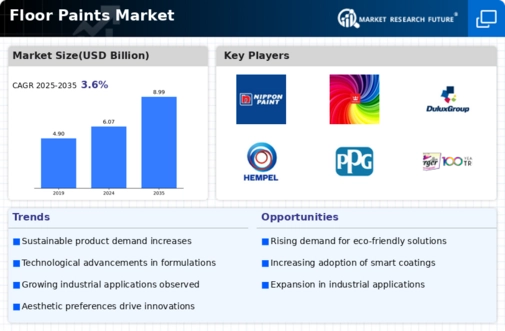
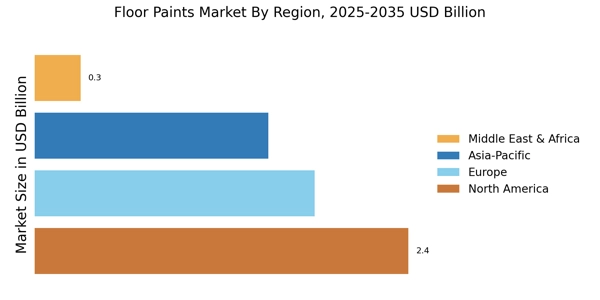
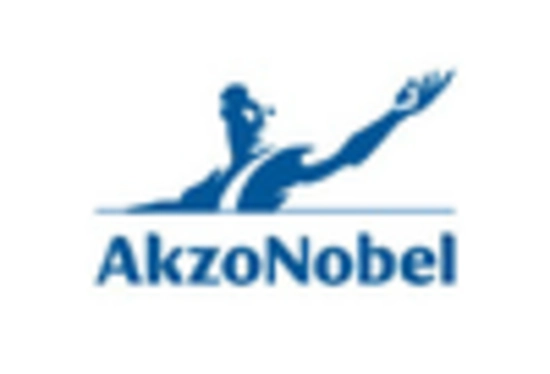

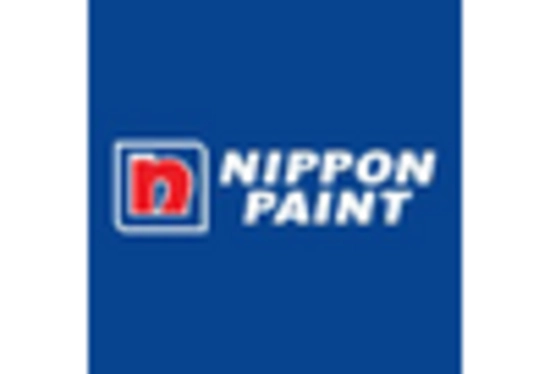
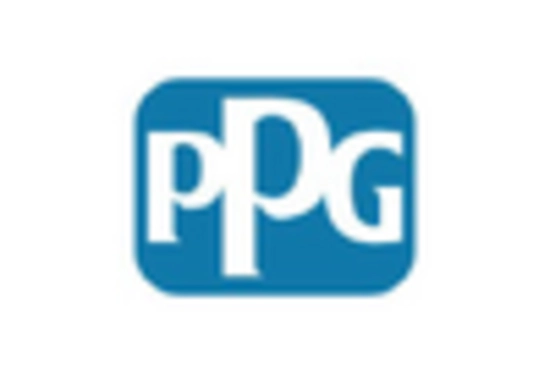
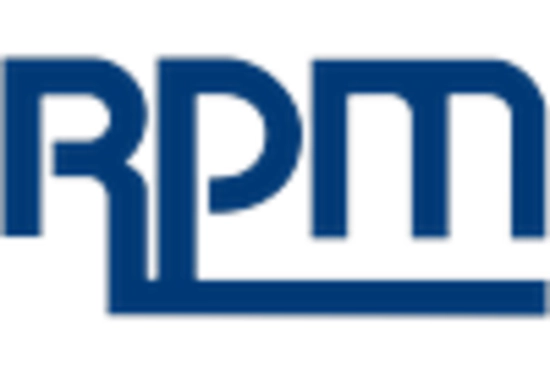
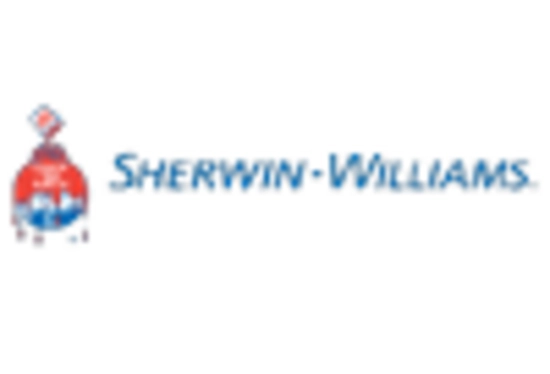








Leave a Comment